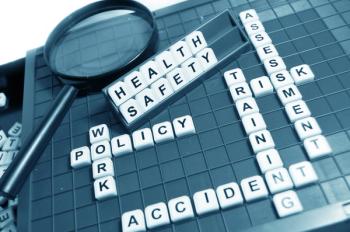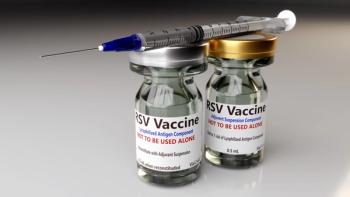
- April 2015 Respiratory Health
- Volume 81
- Issue 4
Case Studies (April 2015)
What should these pharmacists do?
CASE 1
DF is a 35-year-old man who comes into the pharmacy looking for something to treat a dog bite on his hand. He says he was bitten by the healthy dog a few hours ago. His hand is swollen, however, and the bite wound on his knuckle joint is purulent. He shows you a tube of Neosporin and asks if this would be a good option for treatment. DF does not know his vaccination history, and he has no known drug allergies.
As the pharmacist, how would you respond?
CASE 2
TH is a 43-year-old woman who comes into the clinic for a follow-up appointment for elevated blood pressure readings over the past few months (systolic blood pressure ranging from 142 to 156 mm Hg). At today’s visit, TH is diagnosed with hypertension, and her physician decides to start an antihypertensive medication. TH is currently taking allopurinol 300 mg once daily for gout. During her appointment, TH is also noted to have a slightly elevated uric acid level of 7.6 mg/dL, although she has normal liver and kidney function. The physician asks for a medication recommendation to control TH’s hypertension.
As the pharmacist, what option might you suggest and why?
ANSWERS
Case 1: Bite wounds carry the risk of infection by a mix of aerobic and anaerobic organisms. According to the 2014 Infectious Disease Society of America guidelines on skin and soft tissue infections, early antimicrobial therapy for 3 to 5 days is recommended for patients who (1) are immunocompromised; (2) are asplenic; (3) have advanced liver disease; (4) have preexisting or resultant edema of the affected area; (5) have moderate to severe injuries, especially to the hand or face; or (6) have injuries that may have penetrated the periosteum or joint capsule. According to DF’s presentation, he meets the criteria for edema of the affected area and perhaps moderate to severe injury to the hand. As the pharmacist, you should recommend DF contact his physician to receive a prescription for prophylactic antibiotics, such as amoxicillin-clavulanate 875/125 mg twice daily. Alternative antibiotic therapies include:
• Second-generation cephalosporins, sulfamethoxazole-trimethoprim, or levofloxacin plus clindamycin or metronidazole
• Moxifloxacin or doxycycline
The Centers for Disease Control and Prevention suggests that patients bitten by a healthy animal and who can be observed for illnesses for 10 days do not need rabies postexposure prophylaxis unless the animal develops clinical signs of rabies. Tetanus toxoid is recommended for all patients who have not been vaccinated within the past 10 years. Because DF does not know his vaccination history, you should recommend the tetanus, diphtheria, and pertussis vaccine.
Case 2: According to Eighth Joint National Committee guidelines, firstline treatments for hypertension include an angiotensin II—receptor blocker, an angiotensin-converting enzyme inhibitor, a thiazide-type diuretic, or a calcium channel blocker. According to published literature, losartan has been shown to reduce uric acid levels by increasing uric acid excretion through the kidneys. For patients with both hypertension and hyperuricemia, once-daily losartan may be a good option for treatment. You should recommend that TH be initiated on losartan 50 mg once daily to control her hypertension and reduce her uric acid level, and that she follow up with her physician in 2 to 4 weeks to reassess her blood pressure.
Dr. Coleman is a professor of pharmacy practice, as well as codirector and methods chief at Hartford Hospital Evidence-Based Practice Center at the University of Connecticut School of Pharmacy.
function showAnswer() {document.getElementById("answer").style.display = 'block';document.getElementById("link").style.display = 'none';}
Articles in this issue
over 10 years ago
Pharmacist Counseling Improves Salbutamol Asthma Treatmentover 10 years ago
Most Patients Incorrectly Use Autoinjectors, Inhalersover 10 years ago
Patients Reluctant to Address Work-Related Asthmaover 10 years ago
Supply Chain Under Scrutinyover 10 years ago
Leading by Exampleover 10 years ago
Health App Wrap (April 2015)over 10 years ago
Allergic Reactions Exacerbated by Estrogenover 10 years ago
Spring Allergy Symptoms Aggravated by Stressover 10 years ago
Peanut Allergies Reduced by Early ConsumptionNewsletter
Stay informed on drug updates, treatment guidelines, and pharmacy practice trends—subscribe to Pharmacy Times for weekly clinical insights.
















































































































































































































